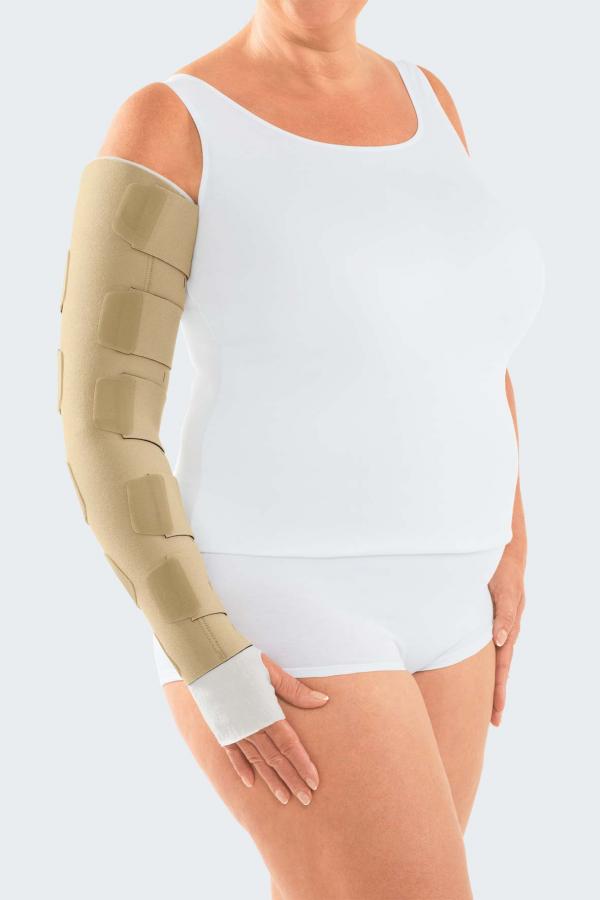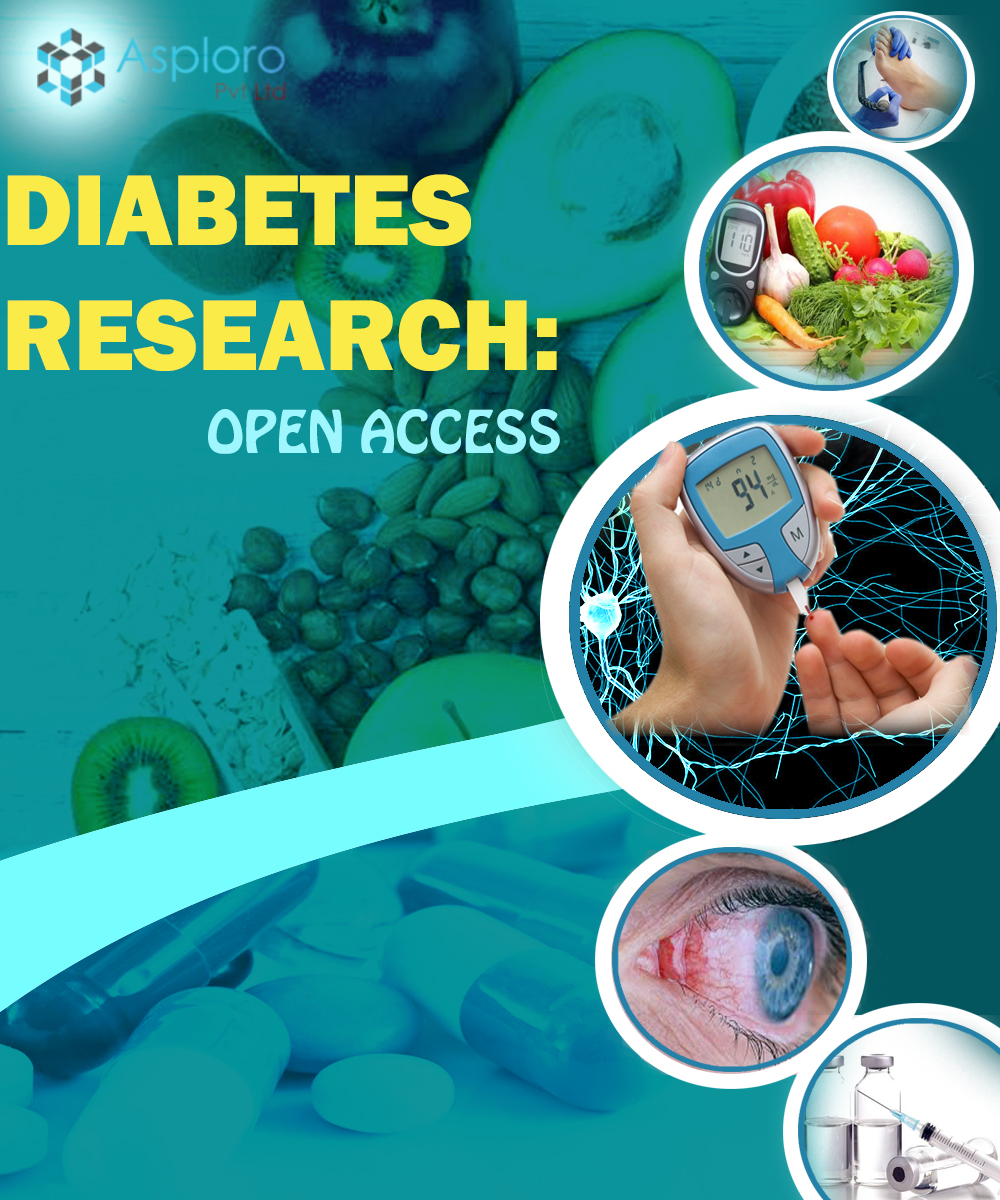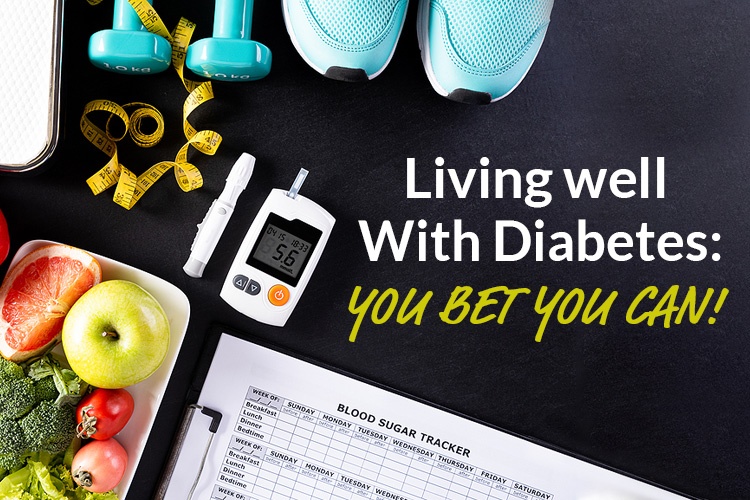I last made a Breast Cancer update on July 11, 2022! My wife remains cancer-free, though there are (as with everything), still lingering issues. Lymphedema is one of those issues. Because of recent developments, I’m compelled to share this NEW result of lymphedema research…
** NOTE: The spelling is the British version, American is Lymphedema; I will be using the British spelling as that is the source for this essay!
**NOTE 2: THIS IS A VERY LONG ARTICLE! Sorry, but the subject is incredibly surprising and profoundly disturbing...
Twelve years later, my wife “…[still] wakes up every single morning with a reminder of [her] cancer journey, because [her] lymphoedema is staring [her] in the face – Matt Hazledine” (BTW—men can have breast cancer; as well, there are other diseases that cause lymphoedema. WE ARE NOT IMMUNE!)
The biggest question when she started her recovery was “where the HECK does lymphoedema come from???”
“The lymph system is made up of ‘lymph nodes’ and vessels that is part of the body's circulatory system. Its main job is to carry away fluids and proteins that naturally leak out of tissues. The nodes filter out dead cells and broken proteins, and returns the fluid back to the bloodstream.
This system is incredibly important in destroying germs and viruses, dumping waste, and keeping the fluids in your body balanced. It defends your body from disease by constantly circulating white blood cells allowing them to hunt out viruses, bacteria, fungi and parasites. If you've ever been sick, and your mom feels your neck, she’s checking to see if your lymph nodes are “swollen” – it's most likely your lymphatic system helping you fight an infection right then. When there’s a PROBLEM with your lymph system, you may be seeing the results of some really nasty diseases like heart failure, Alzheimer's Disease, IBS (aka Inflammatory Bowel Syndrome) and any number of the VAST number of cancers.
“Lymphoedema can affect anyone, and doesn't discriminate by gender, age, ethnicity, or socioeconomic status," says Karen Friett, chief executive at the Lymphoedema Support Network, a non-profit in the UK.
It’s a common result for people dealing with certain cancers and the treatments for them like surgery or radiation. That’s because along with killing cancer cells, the lymph nodes are damaged or removed. It affects one in five women treated for breast cancer; 2-29% of prostate cancer treatments; and a terrifying 90% of people treated for cancer in the head or neck! Worse, lymphoedema can be a genetic condition, which people are born with; or it can be the result of traumatic injuries, obesity, or even certain infections. ANYTHING that damages the lymphatic system.
The author of the article , Matt Hazledine, who founded Lymphoedema United, developed secondary lymphoedema in 2011 after suffering a severe episode of cellulitis, a potentially life-threatening bacterial infection that can quickly escalate to sepsis. (Frighteningly, in September of 2022, I as diagnosed with cellulitis…fortunately, it was only a staph/strep infection on my lower legs, replete with weeping sores, dying skin, swelling, pus, and horrendous itching.)
Hazeldine discovered that “…some cancer survivors…wished the cancer had taken them, because they wake up every single morning with a reminder of their cancer…their lymphoedema…staring them in the face…They actually deem the lymphoedema to be more of a challenge than the cancer.”
The general view of the medical world is that “lymphoedema” isn’t a big deal, and even if it IS, there’s no treatment. They relegate it to a “disease of whiners”! However, 2024 Paris Paralympian bronze medalist Didi Okoh would NEVER be categorized as such! She suffers from primary lymphoedema. Okoh says she was repeatedly ignored by A&E doctors when she developed cellulitis twice. “I was crying in agony, trying hard not to pass out. Because I knew it wouldn't be good while I had a 41C (106F) temperature,” she said. “It was literally life or death. Twice I have been left, once for seven hours, and once for three hours, without any treatment, despite me having all the symptoms of cellulitis, and telling the doctors they needed to put me on antibiotics now, before I go into sepsis!” Each bout of cellulitis left her with irreversible tissue damage in her leg. She adds, “Every time I get an infection in that leg, it damages that leg. It resets to a bigger size, and I can't get it down to its prior size.”
Here in the US, “Despite playing such a vital role in our body, the lymphatic system is almost entirely overlooked in most medical education systems. A survey conducted in the US found that throughout an entire medical degree, less than 25 minutes was dedicated to the lymphatic system!”
Maybe “corporate medicine” finds it hard to admit that it is NOT entirely in control and that there remain some MYSTERY to their sometime “god-like” practice?
“Combined with a severe lack of research and funding into finding treatment solutions, it has meant that lymphoedema has been largely overlooked compared to the impact it has on millions of patients'
"We are at least 100 years behind on research [into the lymphatic system]," says Kristiana Gordon, consultant physician and associate professor at St George's University Hospital in London, which is the only teaching hospital in the UK to have a dedicated module covering the lymphatic system in its undergraduate medical degree.
"Even if the students aren't interested in lymphoedema, at least they will have heard of and seen it, and know where to send the patients," says Gordon.”
Things MUST be better here in the good-ole US of A! We MUST rank Numero Uno in best health care ON THE PLANET!!!
Maybe try #19…Sweden is #1…(“Of course they are! No one lives there!”)
SAY IT ISN’T SO!!! “Must be the Russian/Chinese are messing with the ranking!!!” [If it had been, you’d think they’d have ranked themselves higher than #29 and #27 respectively…]
Hmmm…The fact appears to be that “In the US…long-term cancer survivors with lymphoedema are left out of pocket by their condition with costs that are up to 112% higher than those without lymphoedema. The condition not only impacts their savings but their productivity.”
There seems to be a glimmer of hope for the future: “Not wanting others to experience the same difficulties they did a decade ago, both Hazledine and Rivera founded their own organizations to help support lymphoedema patients. Hazeldine wrote, “I wanted to short-cut that journey to finding the right management strategy and support for them.” Thirteen years after receiving his own diagnosis he says: “You're not alone, you can live well with lymphoedema.”
Author of this article, Katherine Wang, is a research fellow at University College London in the UK whose work focuses on developing wearable devices to alleviate the pain and swelling caused by lymphoedema while allowing patients to self-manage their condition. Her work is inspired by the experience of her uncle's condition. She went with him to an appointment where he told the doctor about his legs. After briefly examining him, the doctor said: “Oh, that's lymphoedema, there's nothing we can do about that, I can tell you that much," dismissing my uncle's pain and concerns.
She adds, “What happened to my uncle wasn't unique. Lymphoedema is an incredibly common condition, which affects 250 million people globally. In the UK, 450,000 individuals have lymphoedema, while in the US there are as many as 10 million people suffering from the condition.







